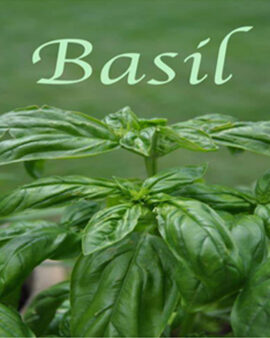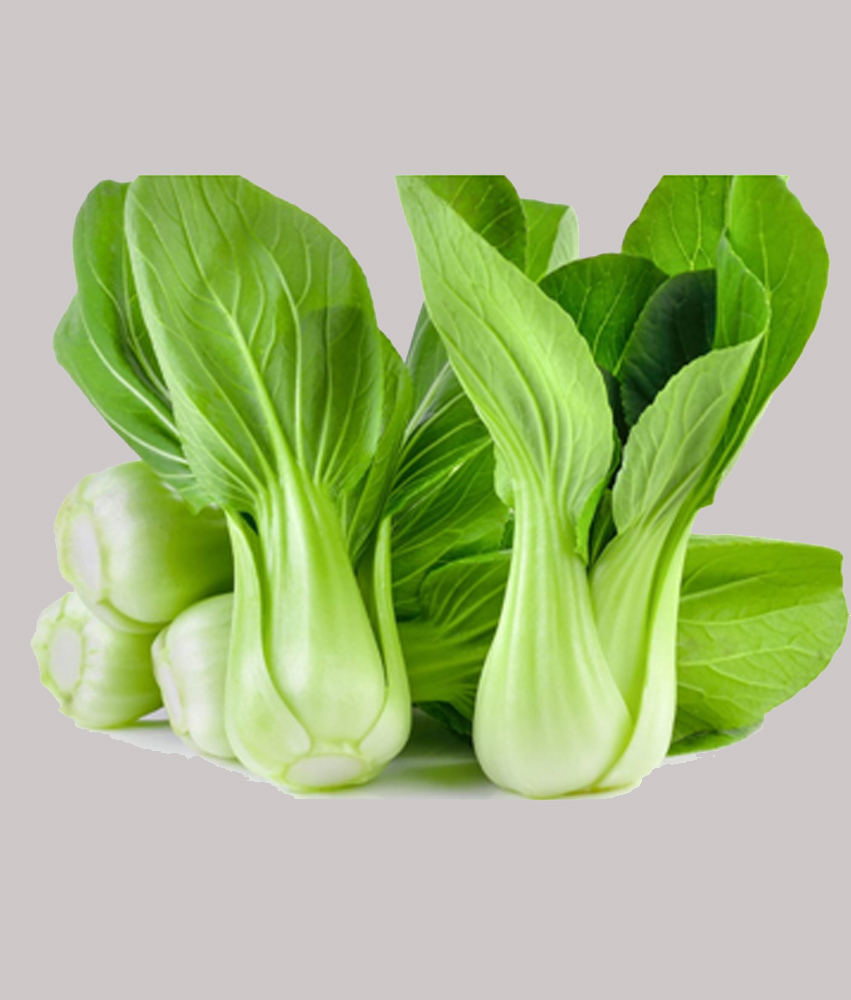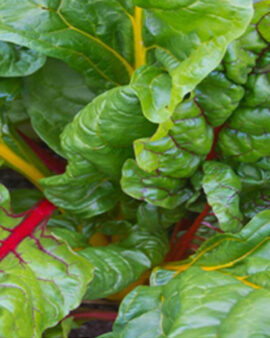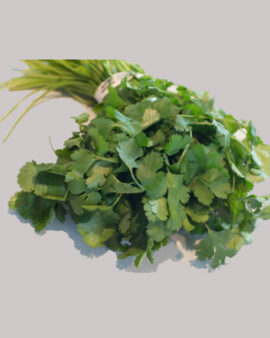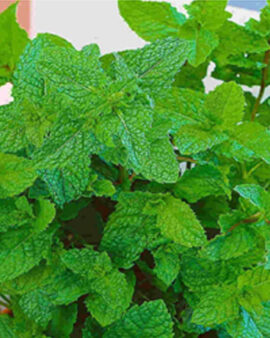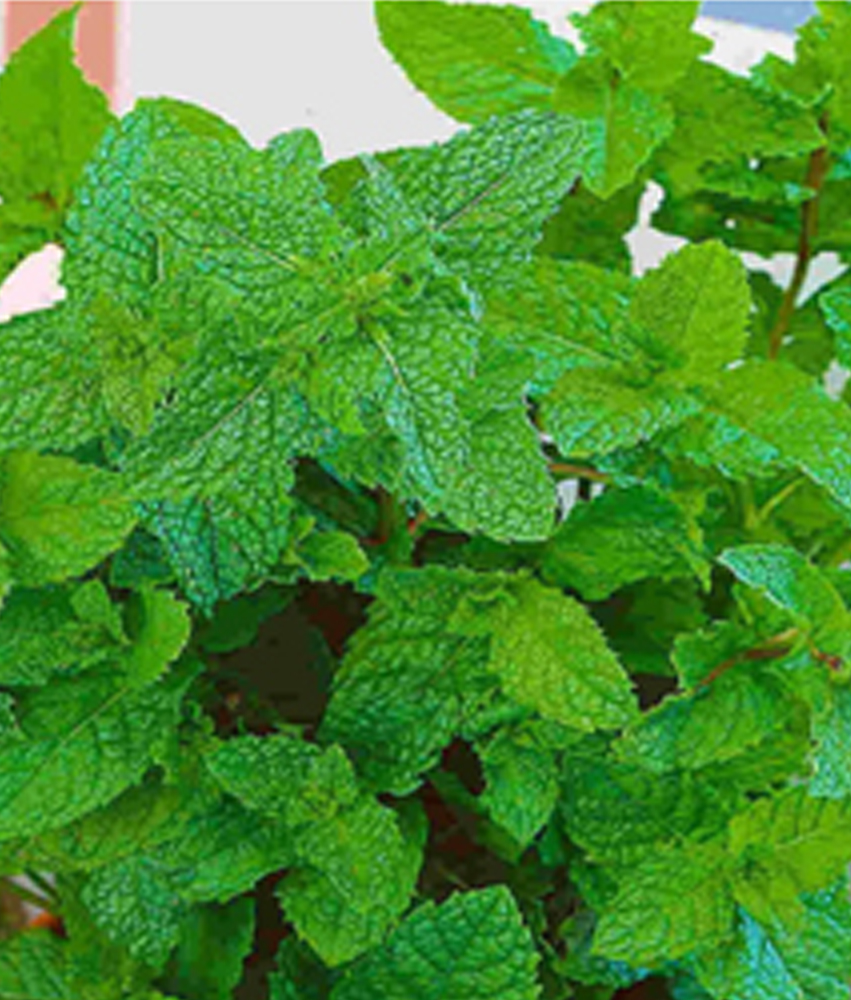fresh
Showing 1–12 of 16 results
-
Basil
Quick ViewBasil is a flavorful, leafy green herb that originated in Asia and Africa. It’s a member of the mint family, and many different varieties exist. Popular as a food seasoning, this aromatic herb is also used in teas and supplements which may provide a range of health benefits.
-
Bell Peppers
Quick ViewBell peppers are eaten raw and commonly served fresh as snacks in relishes or salads, adding a fresh taste and a crunchy texture.
Harvest: Single
Yield : 8 to 10bells per plant in season
Maturation : 60-90 days
-
Celery
Quick ViewCelery is a crunchy, water-rich vegetable which can be eaten raw or cooked. A collection of long, thick, juicy stalks around a central, tender heart, celery ranges in colour from white to green – the darker its colour, the stronger its flavour. It has a very mildly bitter taste and a texture that’s both crisp and succulent.
-
Chard
Quick ViewIt adds mild buttery flavor to disease like soup, salads, etc.
Only harvest 30-35% of the plant , leaving the rest of the plant to support another harvest.
It yields about 317gm per chard.
It’s ready to harvest in around 2 months.
-
Cherry Tomatoes
Quick ViewDelightfully sweet, cherry tomatoes deliver a burst of flavor as a snack, in salads, or in a surprising variety of both savory and sweet dishes. Although typically used as a vegetable, they are officially a type of fruit because they come from flowers. Popular as both a snack or primary meal ingredient, cherry tomatoes are one of the most well-loved types of produce you can find in grocery stores today.
-
Cilantro
Quick ViewThe cilantro plant contains dodecanal, an antimicrobial compound that may help protect your body against infections and illnesses caused by tainted food.
Yield : 210 gm
Harvesting: completely cutting at the base of the plant after 7-9 weeks.
-
Coral Green Lettuce
Quick ViewWe often call this as ‘decorative lettuce’ and can always find it in salad bowls, sandwiches, burgers and more. This curled leaves plant often served raw and it could add a punch of colour, texture and volume to salads. Far more than that, green coral lettuce can be the star of a dish as well.
-
Coral Red Lettuce
Quick ViewCoral lettuce, also known as loose-leaf lettuce, varies in shape, colour, and texture — though it’s usually crisp, ruffled, and dark green or red, with a flavour ranging from mild to sweet. These very decorative lettuce types add a punch of colour, texture and volume to salads. The curled leaves also have a practical function as they increase the surface area enabling salad dressings to be caught up in the leaf and not to the bottom of your salad bowl.
-
Iceberg Lettuce
Quick ViewIceberg lettuce, also known as crisphead lettuce, has pale green leaves and grows in cabbage-like bulbs. Iceberg lettuce is a great bridge food for people who don’t eat enough other vegetables. It has a mild, sweet flavour and a pleasant crunch. And while iceberg lettuce gets a bad reputation for not being as nutritious as other lettuces, it’s packed with Vitamin A, Vitamin K, and folate. Iceberg lettuce can offer a range of important health benefits for you and your family.
-
Mint
Quick ViewMint leaves are anti-inflammatory in nature which helps in reducing any inflammation in your stomach. Mint leaves also helps relieve indigestion. Mint leaves are rich in phosphorus, calcium and vitamins like C, D, E and A which improve the body’s immune system.
Yield : 300 gram
Harvesting : Multiple harvest after 8-10 week after seed sowing.
-
Oakleaf Green Lettuce
Quick ViewLettuce Green Oakleaf is a popular Heirloom variety, grown for its striking rich green colour and its beautiful notched leaves, which are shaped like an oak leaf. The leaf form produces a dense bunch of leaves, which have a tender sweet flavour with good resistance to bolting.

